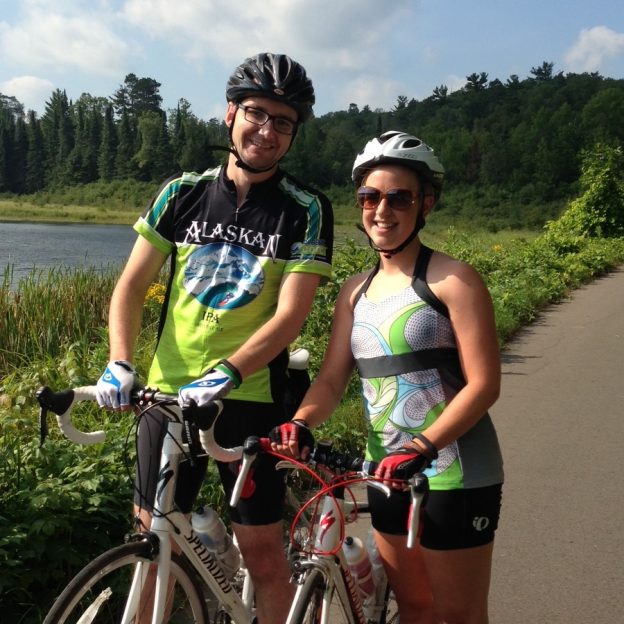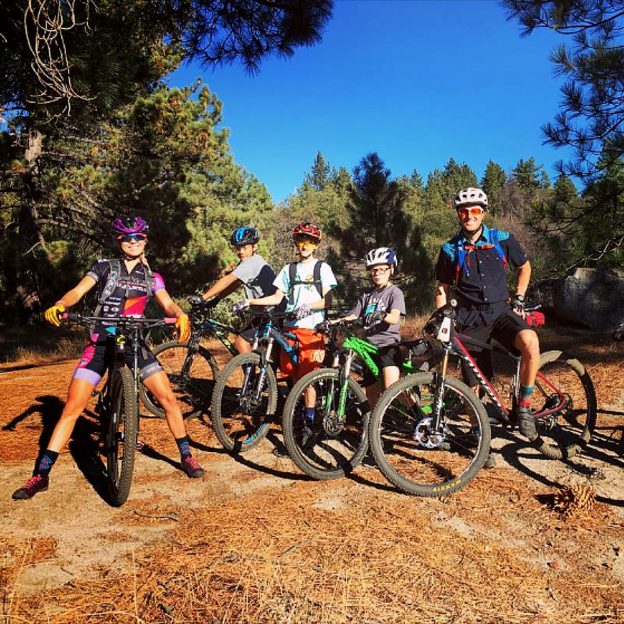Tag: cycling shorts
-

The joy of bike shorts is something you need to experience
Bike shorts combat one of the most common concerns for bike riders – a sore rear end. To best explain how bike shorts fix the problem, let’s look at what the problems are.
-

Athlos custom cycling clothing: Out of the box review
Having been involved with many teams and clubs over the years has given me the opportunity to own many custom pieces of cycling clothing, along with name brand cycling jerseys. What I have found is there are some pros and cons to both custom and brand name product. Read on to see how Athlos did…

